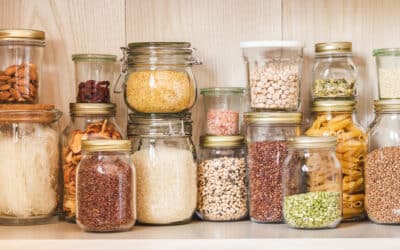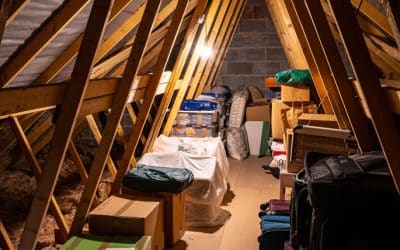
Pest Identification: Earwigs
Earwigs are insects named from a European myth that they crawl into people's ears, which has no scientific basis. These bugs, numbering over 20 species in the U.S., are ¼-1 inch long with elongated, flattened bodies ranging in color from pale brown with dark markings to black. They have six legs, long antennae, and notable pincers on their abdomen. While they have two pairs of wings, not all fly, and those that do, only in short bursts.
Earwigs are nocturnal, feeding on leaves, flowers, fruits, mold, and insects, preferring damp, undisturbed places during the day. Some species damage crops and garden plants, while others prey on smaller arthropods. They congregate outdoors in large numbers, often under lawn debris or in tree holes, and may enter homes seeking moisture or due to weather changes.
In terms of reproduction, female earwigs lay eggs in small burrows, displaying maternal behavior by tending to the eggs and nymphs. Earwigs primarily use their pincers for reproduction, hunting, and defense, and while they can pinch humans, it's generally harmless. They don't spread diseases but some species emit a foul odor for defense. Their presence is more of a threat to gardens than to humans.
Earwigs have a one-year lifespan, undergoing metamorphosis from egg to nymph to adult, molting five times. They can fly but rarely do so. Natural predators include birds, lizards, frogs, and other insects. Ecologically, earwigs are beneficial, cleaning up dead plants and insects, but can harm live plants when other food sources are scarce. They balance roles as environmental janitors and potential pests.

Buzzwords
5 Things in Your Home That Are Secretly Attracting Mice
When mice show up in your home, it might feel like you’ve been randomly selected. But you’re not. Most homes unintentionally offer everything a mouse needs to survive: food, warmth, shelter, and a safe place to nest. Even homes that are clean and well-maintained can...
Give Your House a Winter Check-Up and Keep Pests, Mice, and Wildlife Out
Winter is officially here, and while you’re getting yourself ready for the cold, don’t forget your home needs a little winter prep, too. Think of it like your home’s annual check-up: a quick once-over to make sure everything is in good shape before pests start looking...
How Mice Sneak Into Your Home (And What You Can Do About It)
Your home feels extra cozy in the winter, with warm blankets, soft lighting, and maybe even a fire on chilly nights. But while you’re settling in, mice are out there searching for a warm place to hide. For many Massachusetts homeowners, that means your house is at...



